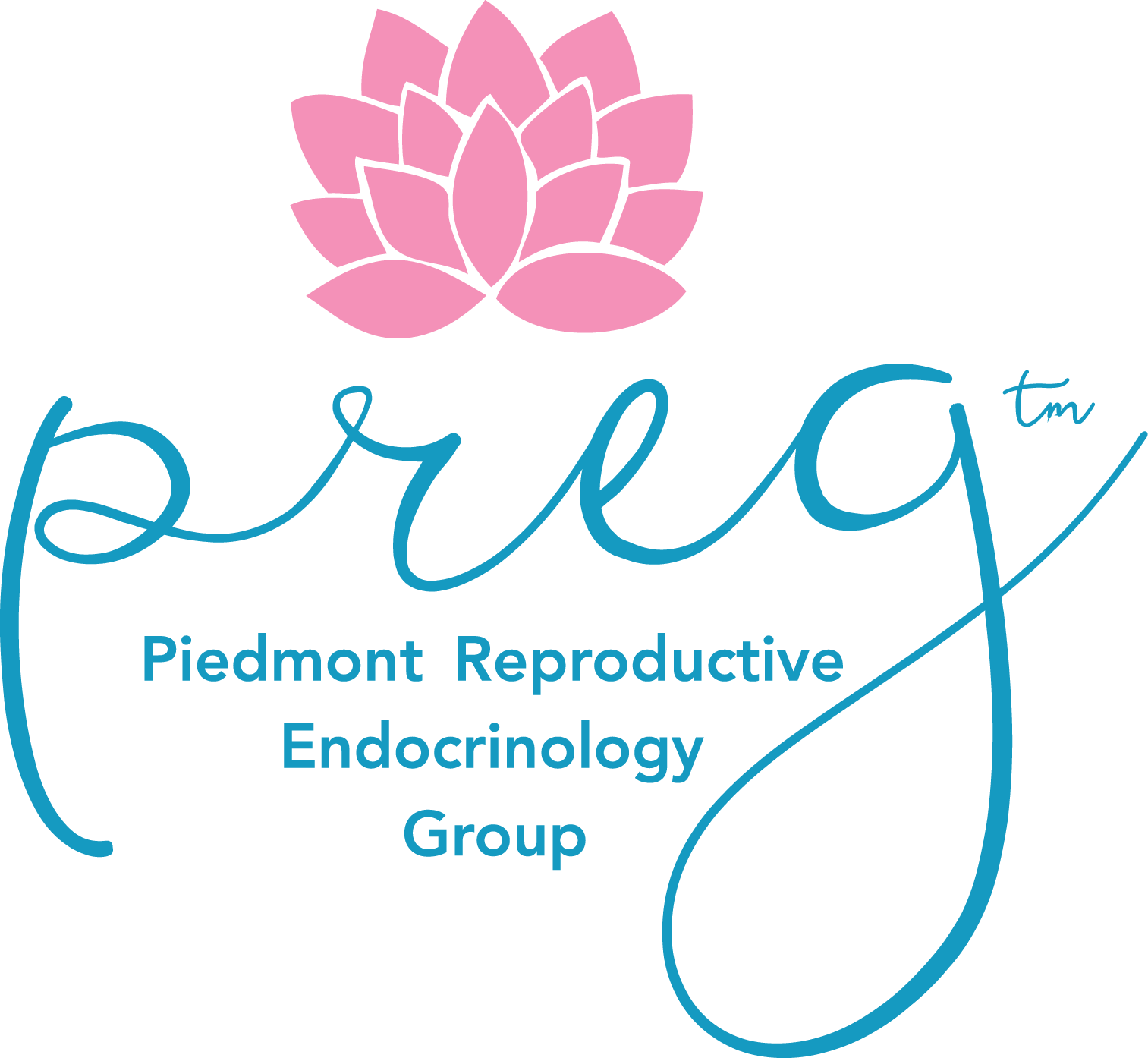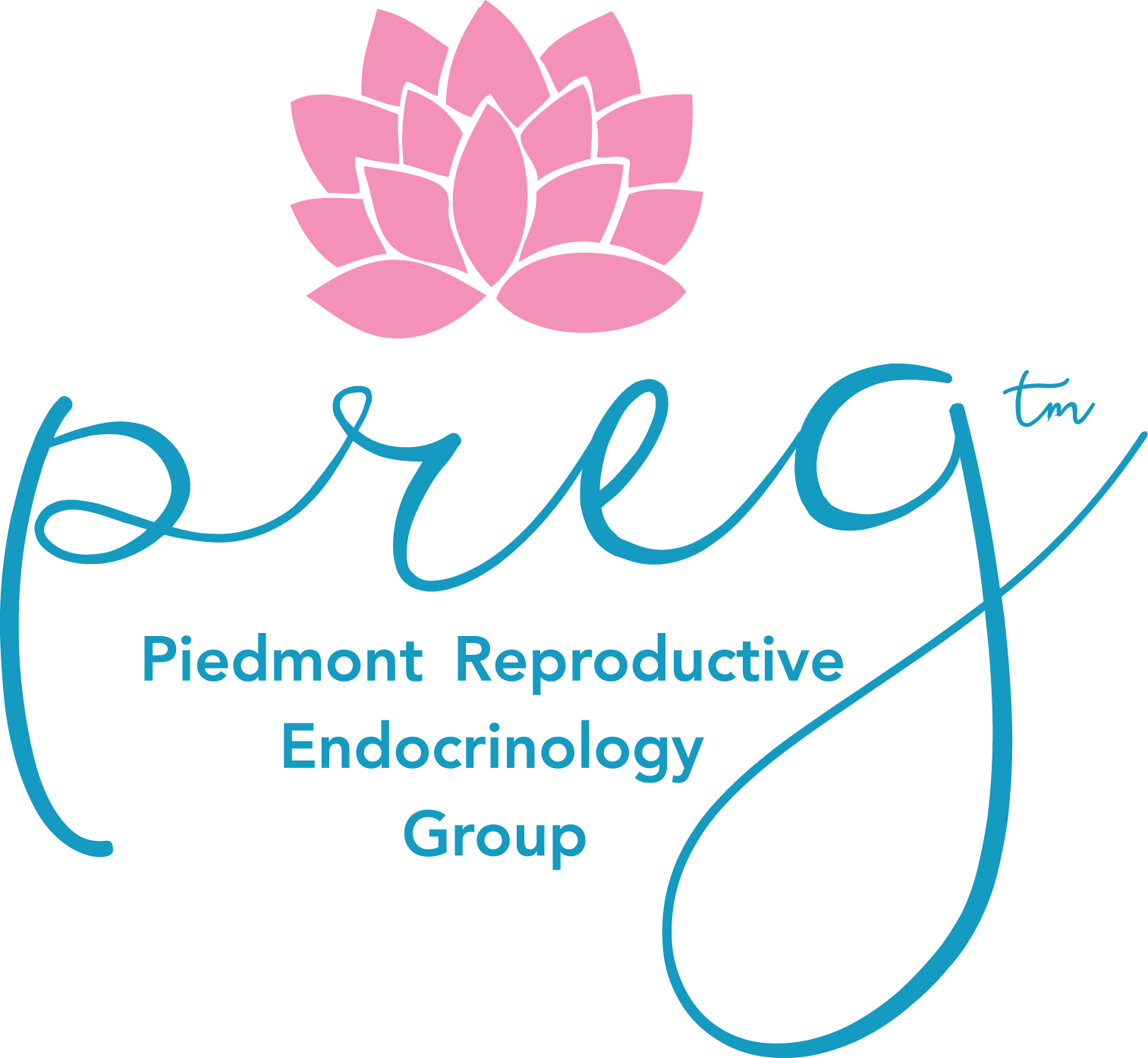In-Vetro Fertilization
How Many Embryos Should I Transfer?
Our goal at PREG is to help you add one new family member.
Until recently, it was necessary to transfer multiple embryos to meet this goal. Within the past few years, a rapid increase in the effectiveness of assisted reproductive technologies (especially those which directly affect embryo quality) and a switch from transferring cleavage stage embryos to blastocyst stage embryos has resulted in excellent implantation and pregnancy rates even when only one embryo is transferred. These increases necessitate a switch from transferring multiple embryos to elective single embryo transfers (eSET) – transfers of a single good quality embryo when there are multiple good quality embryos to choose from. eSET is the best way to prevent a high risk and expensive multiple pregnancy. Often patients feel that transferring a single embryo lowers their chance of becoming pregnant to an unacceptable level. However, multiple clinical studies have shown the difference in ongoing pregnancy rates between eSET and transfers with multiple embryos is insignificant. So, while pregnancy rates generally stay the same with eSET, the risk of a dangerous multiple pregnancy decreases substantially. We try to recommend eSET for all of our patients with good quality embryos as a means of providing the best patient care we can.
|
Age |
Recommended # of blastocysts to transfer |
|
< 35 |
1 |
|
35-37 |
1 |
|
37-39 |
1-2 |
|
> 40 |
1-3 |
|
PGS regardless of age |
1 |
How do we decide if an embryo is good quality?
At PREG we remove the embryos from the incubator on Days 5 and 6 to assess quality by looking at them under a microscope. At this time point, embryos need to have developed to the blastocyst stage to be considered for transfer, biopsy and/or freezing.
We look for two distinct cell types in the embryo. One group of cells compacts into a dark spot inside the blastocysts. This group of cells is called the inner cell mass. These cells continue on to eventually form fetal tissue. We’re looking for how tightly these cells are compacted and if there are any cell fragments when determining quality. The other group of cells is called the trophectoderm. They eventually become placental tissue after they implant in the endometrial layer of the uterus. We’re looking for a trophectoderm layer that’s growing in a cobblestone pattern, has a low amount of cell fragments and is composed of many equally sized cells.


